Since the pandemic, professional work seems to have become more like a chore — bereft of joy, highly repeatable, and lacking serendipity. The Wall Street Journal recently reported about the profound change in the attitudes of Americans towards work:
Career and work aren’t nearly as central to the lives of Americans. They want more time for their families and themselves, and more flexibility about when, where and how they work.
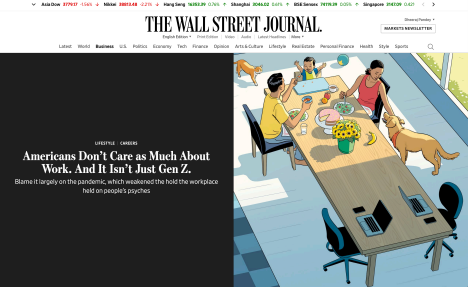
We believe that this fatigue is far more pervasive and goes way beyond the United States. Moving from physical to virtual workplaces has left employees disconnected, less enriched, and without purpose. Clients are global, peers are remote, and appreciation is rare. With global competition for workforce increasing, workers are left looking inward for meaning, happiness, and fulfillment. They are asking for fewer (but better) hours at work.
This existential moment behooves employers to ask whether they are indeed demanding employees to be on a constant treadmill. In the name of atomic improvements and all things continuous, have we stopped working backwards from a goal? Has busy work — and process — become more important than people, products, and customers? Do our employees even relate to our products, our customers, and their peers?
This paper outlines a new thinking that attempts to bring purpose and joy back to work. It celebrates the elusive “less is more” principle popular with design thinkers. And unlike other methodologies, it goes beyond simply being a framework — it is prescriptive on definitions, the role of AI, and the importance of design in future work.
Inspired by Greg McKeown’s work, we call it The Essential Methodology: Less But Better.
Why do we exist in this market?
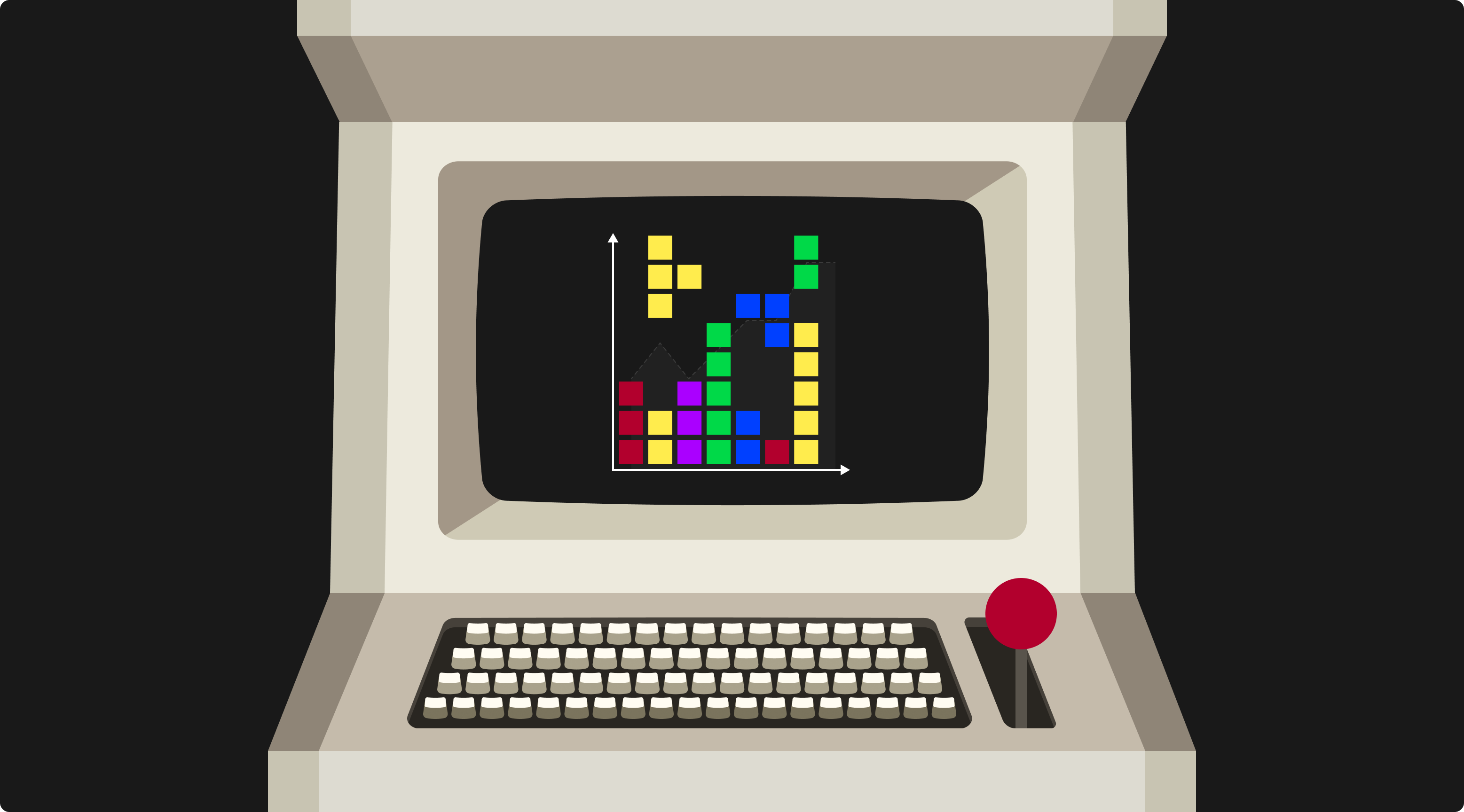
Because we are waging a war against incumbents on behalf of the underserved customer.
And yet knowing the customer has so many roadblocks: unaffordable CRM licenses, multi year dashboard rollouts, non-existent access to grassroots users, recency bias and squeakiest wheels, and years of history that is lost when the account manager quits.
Context is the most difficult thing to establish, and despite that, all we have is a single relationship manager who barely orchestrates quarterly business reviews (QBRs). Wouldn’t we want the context of the customer to be at the tip of everyone’s fingers – sales engineers, marketing managers (doing ABM), customer support and success managers and engineers, product managers, and to boot, developers as well?
Why should customer data be so expensive and difficult to access that it makes us a constant fire-fighting organization? How do we go from reactive to proactive to being predictive? Do we fully understand the legalese of our contracts, our promises, our SLAs, and what delight means to the grassroots? How do we create a mobile-first culture, so frontline employees can choose to work where they want?
How do we go beyond top-down sales management to authentic customer relationships?
How do we serve our market?
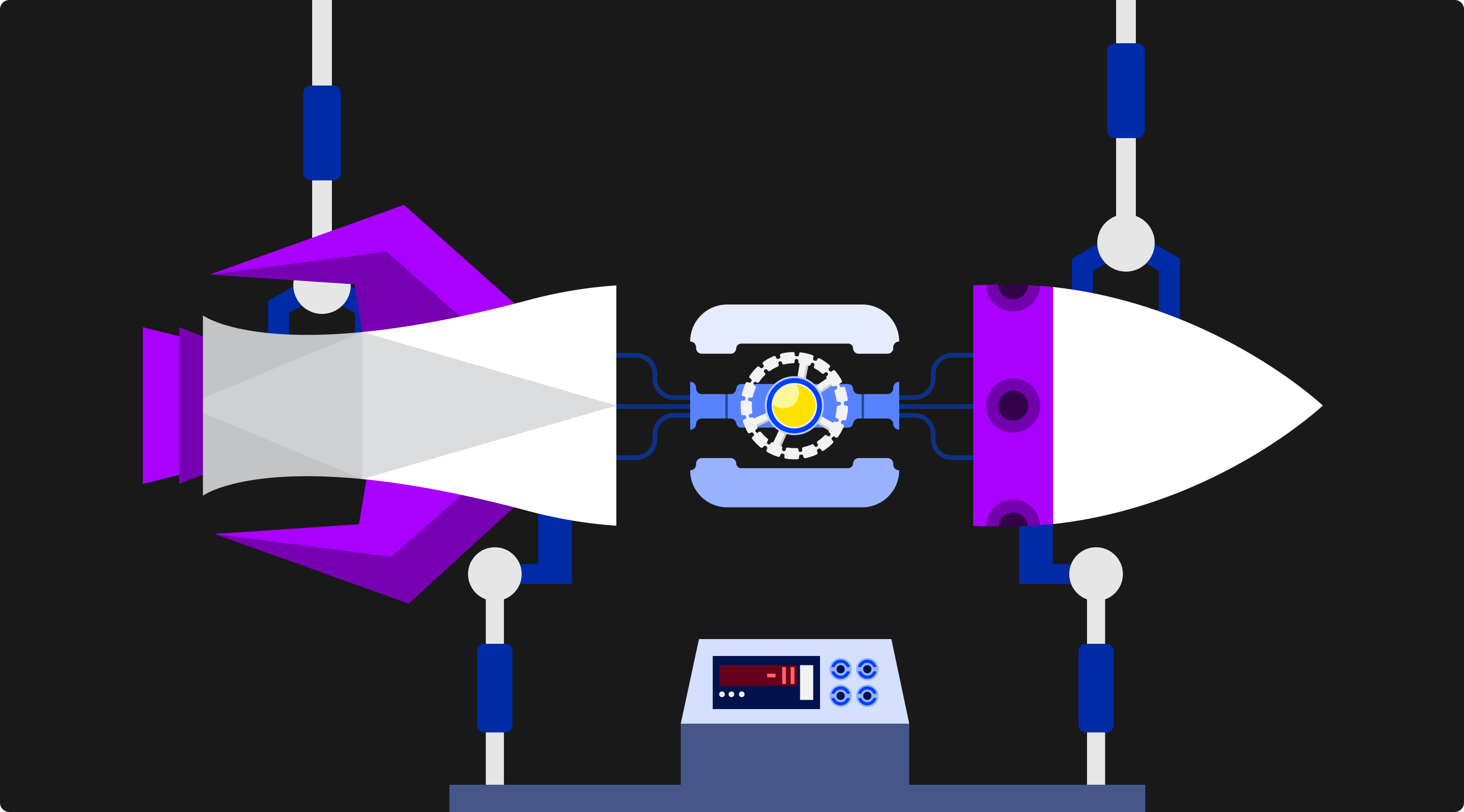
With our products and services.
And yet, why do we have so few frontline people who understand products: anatomy, pricing, differentiation, roadmap, and logistics. Perhaps we’ve too many people who celebrate “process” – meetings, lists, and dashboards – but not enough products and services, the things that are supposed to bring economies of scale to everything we do.
Perhaps our PMs are more project and program managers than true Product Managers. Perhaps we build too many bespoke things that every feature is a project for a customer, not repeatable enough to be packaged and priced for the overall market. Perhaps our marketing managers are more brand and campaign managers, but they barely understand users and competition. Perhaps our support managers are follow-the-sun helpdesk experts, but they barely have found a seat at the table with PMs, arguing for what truly matters. Perhaps our designers and developers are not on equal footing with our PMs, arguing for craftsmanship and finesse.
Why do we do so much (“say yes”), and how do we celebrate, company-wide, the power of less?
What will make our market hustle effortless?
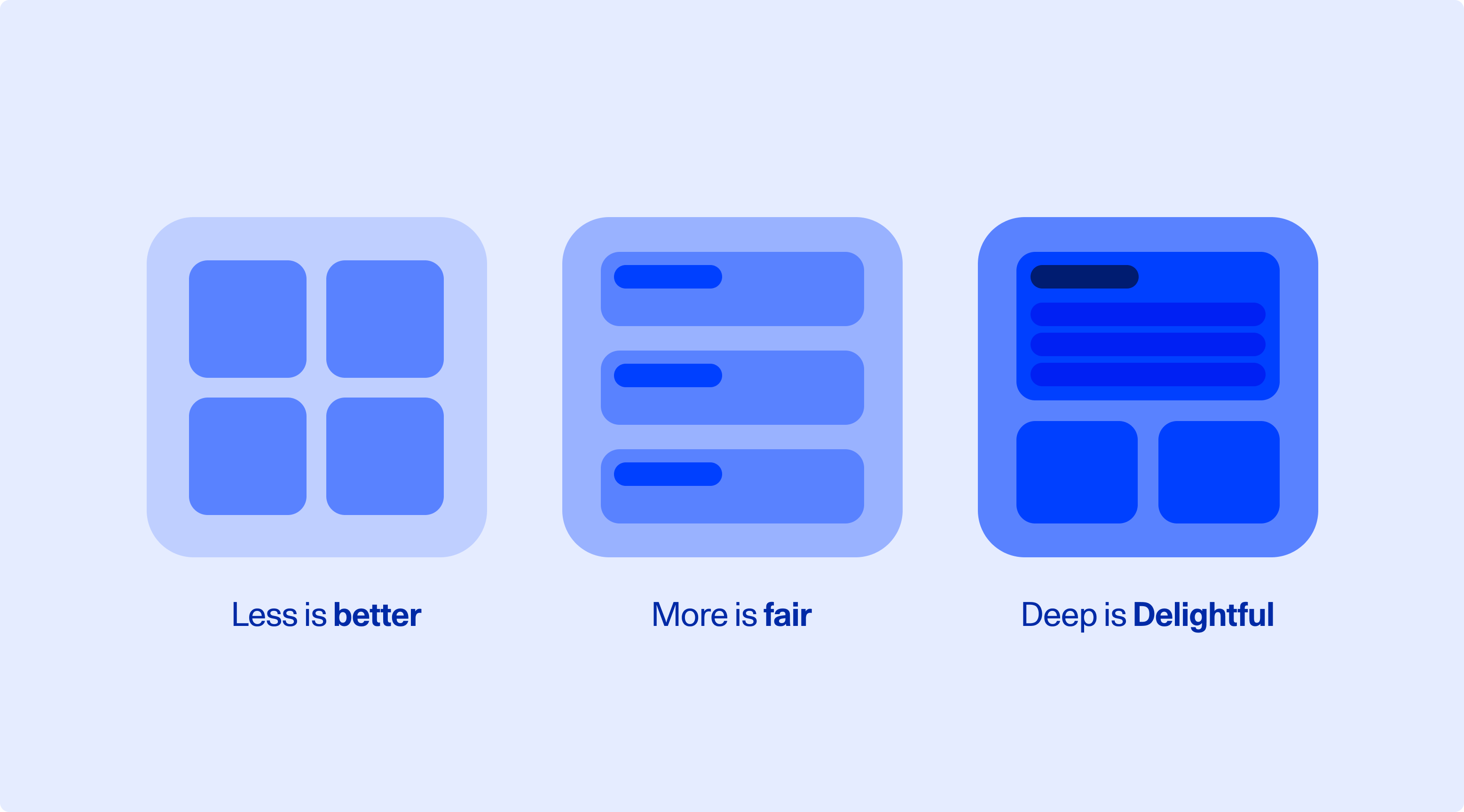
Agile expected us to hustle: continuous, constant, smaller, frequent, shorter.
That put us on a treadmill. We don’t know how to get off it now. COVID – remote work, global workforce, endless video calls – made things worse. Now we are not even asking for our weekends back. We just want our weeknights back. Slack (and Teams) created instant gratification, but at the expense of focus and flow for craftsmen and penmen. Every channel needs a response in real time. Everyone is asking the same questions. Nothing is asynchronous anymore. When do we find time to think?
Can machines truly be working at the pace of our keystrokes? Can they be thinking with us, in real time, so we create less work, and we leverage existing work and people? Can our machines become omniscient so we can do deep work? Can we celebrate fewer meetings, fewer notifications, fewer video calls, fewer emails, fewer messages, and instead, celebrate more face-to-face 1:1’s and authentic human connections?
Can we start collaborating with machines in real time, so we give our peers their weeknights back, and restore some work-life balance for ourselves?
That is the promise of Essential: less is better, more is fair, deep is delightful.
Introducing a new methodology for professional workers who effortlessly build software, manage products, and support customers.
Why essential: Because productivity matters
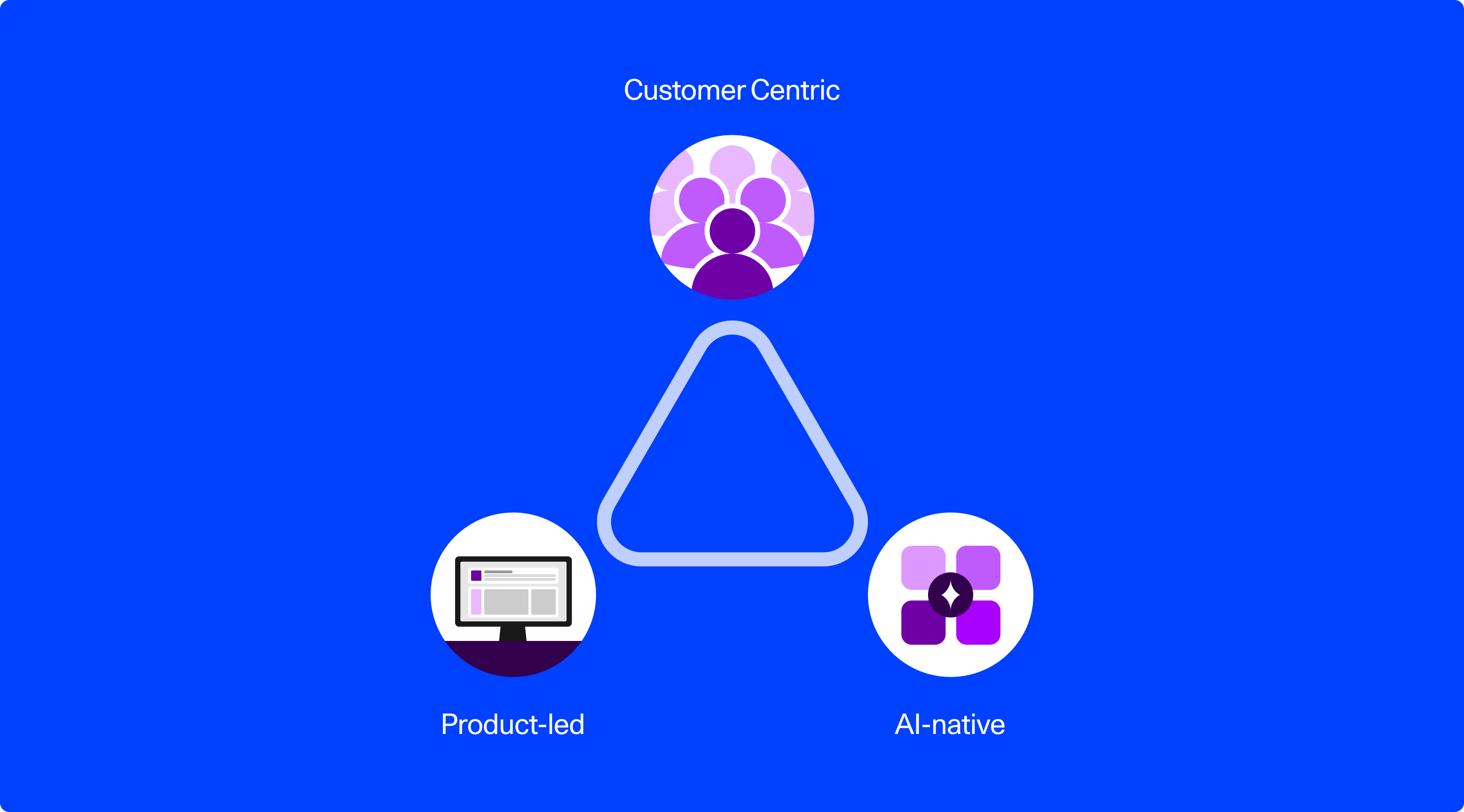
By this time, we’ve set the stage for three essential virtues: less, more, and deep.
Less features but better products. Less activity but better outcomes. Fewer meetings but better interventions.
More access is fair business. More customer and product knowledge for maximum people. Less data and notifications but more insights on most surfaces.
Deep work is a delightful employee experience. Machine allies enable deep human connections. Understanding what truly matters – customers, products, people – is what engenders real craf.
And beyond our own productivity, the productivity of our customers for the sake of their customers.
The power of three
How do we become hardcore Essentialists? Via a disciplined pursuit of this “Power of Three”:
-
The customer-centric pillar emphasizes the importance of hyper-personalization, which involves establishing a deeper understanding of the customer’s context and history. It also highlights the need for time travel (tracking historical changes), fine-tuning customer models, predictive servicing, grassroots focus (engaging end-users), zero-touch experiences, word-of-mouth communities, and design workshops with users.
-
The product-led pillar introduces the concept of parts, which are smaller components of a product’s anatomy, akin to organs and tissues in the human body. Parts bring a consistent, repeatable, and packageable approach to product development, allowing companies to leverage their work across multiple customers. It emphasizes the importance of product analytics, historical data analysis, understanding the parts supply chain, and maintaining a parts catalog.
-
The AI-native pillar advocates for the seamless integration of AI into products and processes. It highlights the need for real-time interventions, where AI can discern, deflect, and deduplicate tasks and inputs. Also required are natural language interfaces for various tasks, such as text-to-SQL, text-to-visualizations, and text-to-APIs. Additionally, it emphasizes the use of copilots, semantic search, and goal-oriented bots to reduce human workload and improve productivity.
The “Power of Three” — customer + product + AI — is greater than process within a business. We’ve overdone meetings, emails, channels, dashboards, and business reviews in the past two decades. It is time to take a step back and embrace essential thinking to give our employees their weeknights back, and to our customers, theirs.
Models and GPUs are here. The time to change is now.



